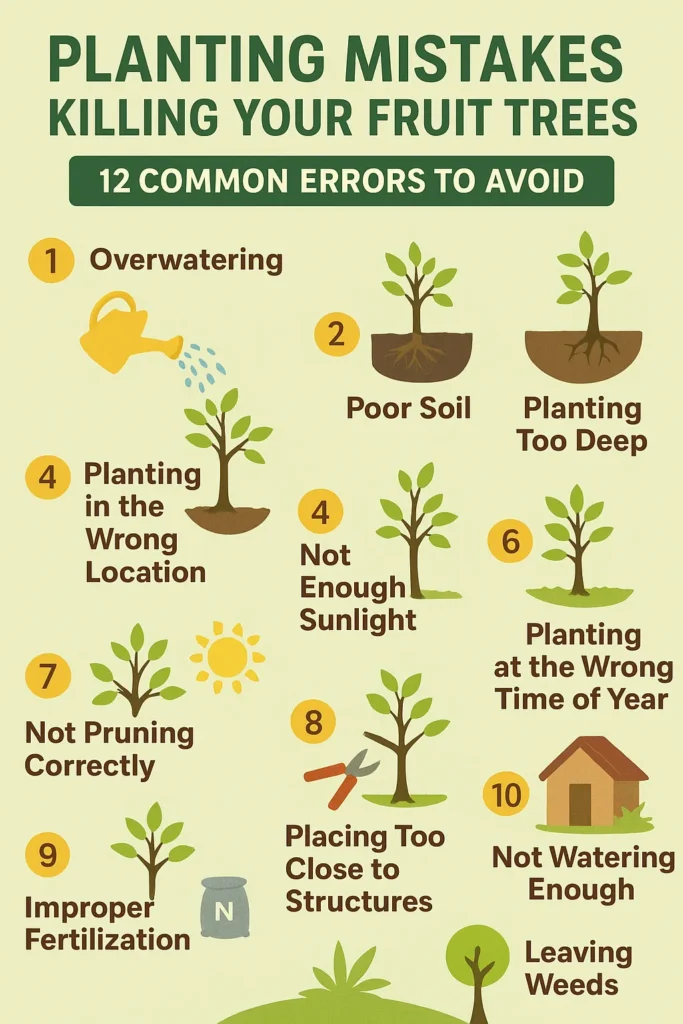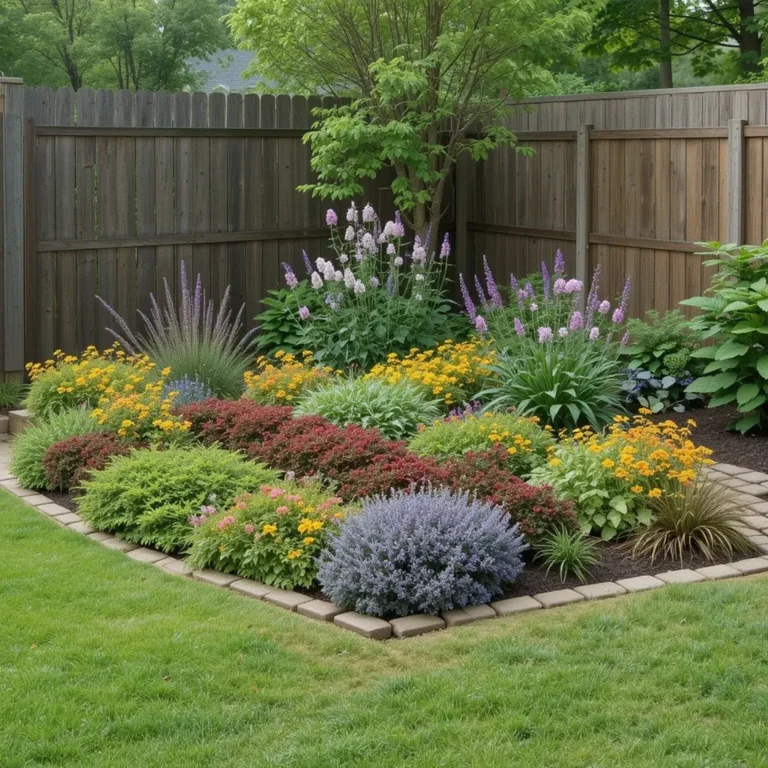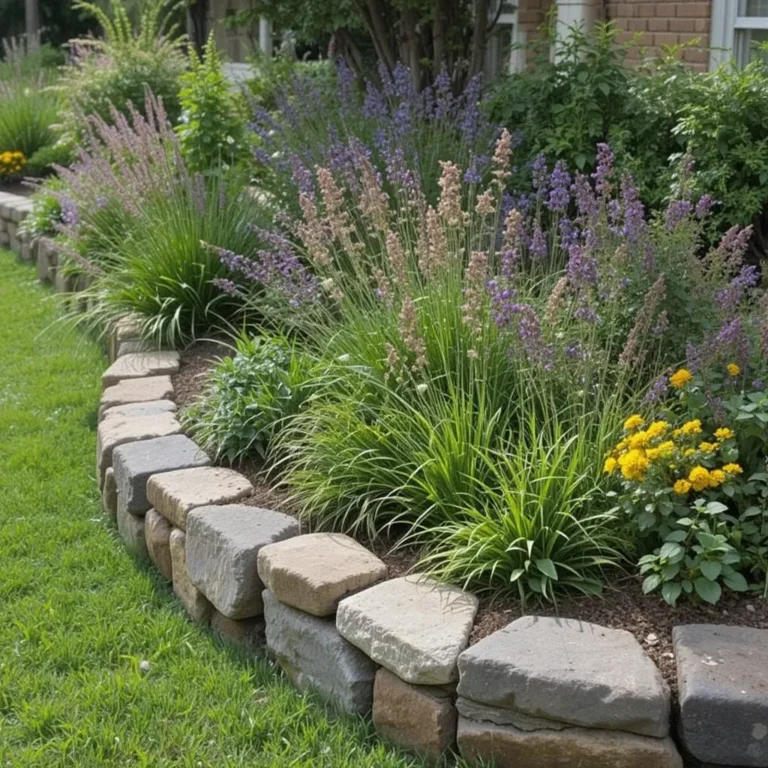Planting Mistakes Killing Your Fruit Trees: 12 Common Errors to Avoid
Growing fruit trees can be one of the most rewarding experiences for any gardener.
Nothing beats harvesting fresh apples, peaches, or pears straight from your own backyard.
But too often, homeowners unknowingly make planting mistakes that can weaken or even kill fruit trees before they mature.
From poor soil choices to neglecting watering schedules, these errors can undo months of effort.
This guide highlights the most common planting mistakes killing your fruit trees and how you can avoid them for healthier, long-lasting growth.

Planting Too Deep in the Ground
One of the most harmful mistakes is planting a fruit tree too deep. Burying the trunk below the soil line suffocates the roots and encourages rot. The root flare should always be visible above ground to allow proper air circulation and stability.
Choosing the Wrong Location
Fruit trees need plenty of sunlight to thrive, typically six to eight hours per day. Planting in a shaded spot may stunt growth and reduce fruit production. Always pick a sunny location that allows airflow and space for future growth.
Ignoring Soil Drainage
Poorly drained soil is a silent killer for fruit trees. When water collects around roots, it causes root rot and weakens the tree. Testing your soil before planting and adding organic matter or sand can greatly improve drainage.
Planting Without Checking Soil pH
Different fruit trees thrive in different soil pH levels. For example, blueberries need acidic soil, while apples prefer neutral ground. Skipping a pH test can result in nutrient deficiencies and poor growth over time.
Planting Trees Too Close Together
Crowding trees may save space, but it creates competition for sunlight, nutrients, and water. Poor air circulation also encourages fungal diseases. Leave enough distance between trees to give them room to grow freely.
Using Poor-Quality Saplings
Not all young trees sold at nurseries are healthy. Weak or disease-prone saplings struggle to survive after planting. Always choose strong, certified disease-free trees from trusted suppliers to increase survival rates.
Overwatering Young Trees
Water is essential, but too much can drown a fruit tree. Overwatering washes away nutrients and leads to root rot. A deep soak once or twice a week is usually better than frequent shallow watering.
Underwatering During Dry Spells
Just as overwatering harms, neglecting water during hot or dry weather can stress young trees. Consistent moisture helps roots establish. A mulch layer around the base keeps soil hydrated longer.
Skipping Mulching or Using It Wrong
Mulch helps regulate soil temperature and prevents weeds, but piling it against the trunk invites pests and rot. Always spread mulch evenly in a ring, leaving space around the trunk to keep it dry.
Fertilizing Too Soon or Too Much
Many gardeners add fertilizer immediately after planting, thinking it boosts growth. In reality, too much fertilizer can burn tender roots. Wait until the tree shows signs of growth before applying balanced, slow-release nutrients.
Pruning at the Wrong Time
Improper pruning stresses fruit trees and exposes them to disease. Cutting back branches during active growth seasons can damage the tree. The best time is usually late winter or early spring, before new growth begins.
Ignoring Pest and Disease Prevention
Newly planted fruit trees are highly vulnerable to pests and diseases. Waiting until you notice visible damage is often too late. Regular inspections, proper spacing, and preventive sprays keep problems under control.
Final Thoughts
Planting fruit trees requires more than just digging a hole and adding soil. The small choices you make at the start—like planting depth, location, watering, and soil care—determine whether your tree thrives or dies.
By avoiding these common planting mistakes, you set your fruit trees up for long-term health and abundant harvests.
With proper care, patience, and attention, your backyard can soon be filled with the joy of fresh, homegrown fruit.






